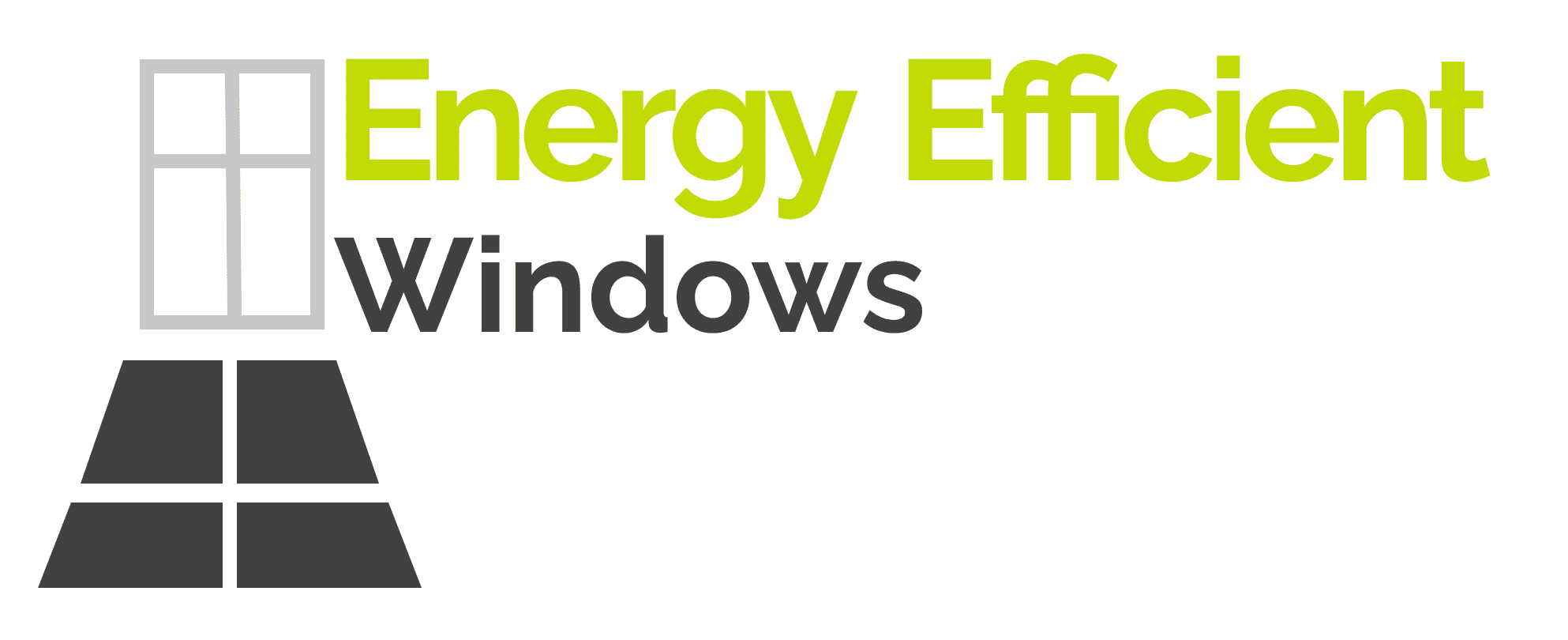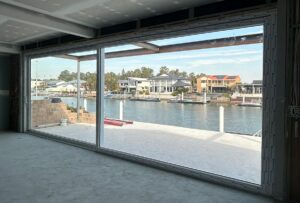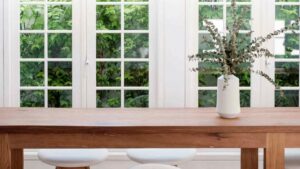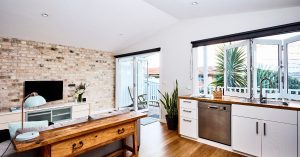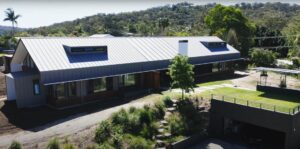There are a variety of reasons why making your home more energy efficient is beneficial, from lower electricity bills, and increasing your home sale value to reducing your carbon footprint. Cutting down on your energy usage can start in simple steps and graduate to larger home improvements and at EE Windows, our products are created with energy efficient design at the forefront of our minds. We have put together a list of simple swaps you can make to begin cutting down energy usage in your home.
LIGHTING
Keeping a home light and bright is something that most of us consider a priority, so trying to do so in an energy efficient way is something that should definitely be high on your priority list. Ensuring that you are only using lights when you need them should be the first (free) change that you make. Try to make it a habit to switch off the light as soon as you exit any room in your home that is not in use. When you are using your lights however, swapping to an energy efficient bulb is a great way to cut back on your energy usage. CFLs and LEDs are both fantastic options that will reduce your energy usage when compared with traditional bulbs.
APPLIANCES

Choosing the appliances in your home is a big decision, as they are items that typically stick around for a while and get a lot of use. Many electric appliances burn through energy but by making careful choices you can actually save energy. Ensuring you are opting for an appliance with a high energy star rating is a great way to immediately know that you’re choosing a better, greener option. Many of these high energy star appliances have been made specifically with energy efficiency in mind and so they may also feature an eco setting that will use the least amount of energy and water.
INSULATION
Insulating homes is something that is not always at the forefront of many Aussies’ building plans. It’s easy to forget about insulation in such a warm climate, but it actually helps keep your home much more comfortable all year round by helping to keep the indoor temperature cool during summer. Even if you’ve already built your home or have moved into a property that’s already established, you can still add insulation. When running your air conditioning or heating, insulation will help your home to maintain its temperature, which means shorter and less frequent periods of use. There are different forms of insulation that require the help of a professional and some that you can even install yourself.
WATER
Hot water systems can take a heavy toll on your bills when they are of the inefficient electric variety. Less than half of all Australian homes use electric water heaters, yet they contribute to 80% of hot water greenhouse emissions. Water heaters don’t all run at this ineffective standard. There’s renewable energy sources like solar, and while these are an investment at first, they will lighten your carbon footprint and your bills significantly over the course of their lifetime. Ensuring that you install your system in the sunniest spot available around your home is going to help it run at its most optimal level. Solar hot water systems, when working efficiently, can cover 90% of your hot water usage for free and without any greenhouse gas emissions.
WINDOWS
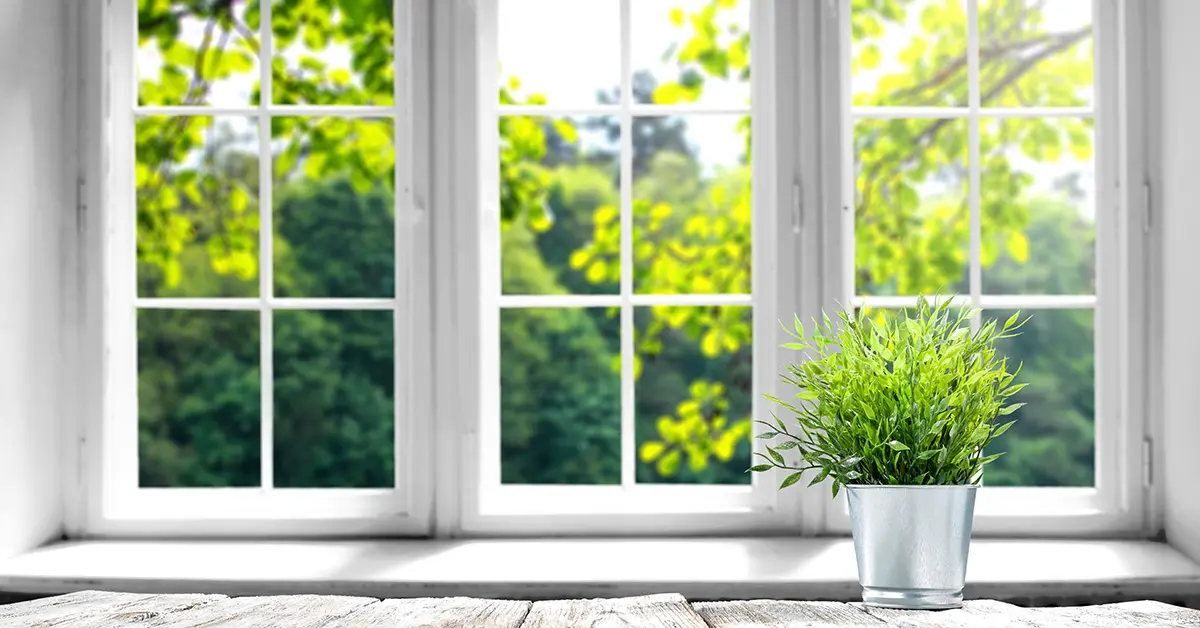
One of the largest contributors to heat and cooling loss are windows as, traditionally, they have no in-built insulation. Double glazed windows are a perfect insulation solution for when you have nowhere to hide traditional insulation, like fibreglass. Double glazed windows are designed with two panes of glass and an air gap in between to provide a strong barrier against hot or cold weather, a barrier that is totally absent in traditional window fittings that usually only consist of one pane that is a couple millimetres thick.
Our windows are all designed with maximum energy efficiency in mind, so much so that the phrase is literally in our name! Contact us today for more information on how you can start making steps towards a more energy-efficient, environmentally friendly home.
